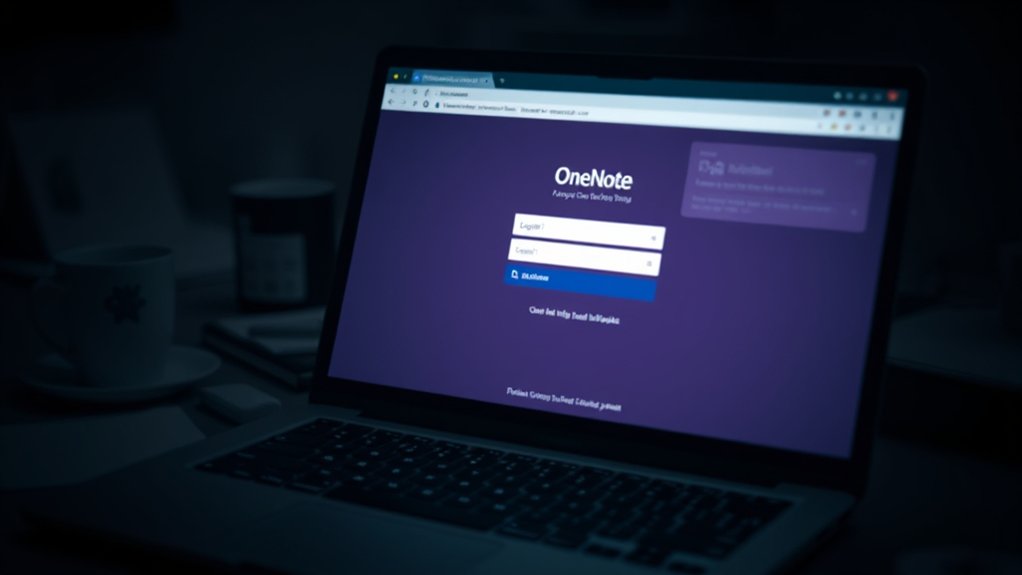The increasing prevalence of cyber threats has underscored the vulnerabilities inherent in Google’s code platform, raising significant concerns for both developers and users. Hackers, motivated by financial gain or malicious intent, actively exploit weaknesses in systems like the Android Open Source Project. Importantly, this exploitation often begins with meticulous vulnerability research, wherein hackers scrutinize open-source code for flaws. The code review process, though crucial for maintaining software quality, can inadvertently overlook critical vulnerabilities which are later targeted by cybercriminals. For example, widely recognized vulnerabilities in open-source libraries like FreeType have been the source of numerous malicious attacks. Notably, the Android partners have been notified of security issues at least a month prior to publication, emphasizing the proactive measures taken against these threats.
Publicly disclosed flaws, especially in popular platforms such as Android, serve as prime targets for attackers. The utilization of Common Vulnerabilities and Exposures (CVEs), like CVE-2025-27363, illustrates how hackers effectively capitalize on known vulnerabilities. They frequently exploit the window of opportunity that arises from the delay between vulnerability announcement and patch deployment, making systems susceptible to targeted attacks. In fact, Google indicates limited, targeted exploitation of CVE-2024-43093 and CVE-2024-50302, urging immediate mitigation for vulnerable systems. Without proper vulnerability scanning, organizations remain exposed to potentially devastating cyber attacks.
Techniques such as vulnerability chaining allow hackers to combine multiple weaknesses to improve the impact of their phishing campaigns. In addition to technical exploitation, hackers utilize social engineering tactics to further their agendas. By tricking users into engaging with malicious content—often delivered via phishing emails or compromised websites—attackers can acquire sensitive information. Spoofing legitimate websites increases the likelihood of user trust, enabling successful credential theft. With Google Services integration, third-party components may introduce additional vulnerabilities, complicating the defense against phishing attacks.
As the threat environment continues to change, the need for strong security measures within Google’s code platform becomes paramount. Advanced social engineering tactics and zero-day exploits pose significant challenges, making detection increasingly difficult. Cybersecurity experts stress the importance of continuous vigilance, advocating for improved community engagement and a more rigorous code review process. Addressing these vulnerabilities is critical to safeguarding both developers and users within the constantly changing cyber ecosystem.








